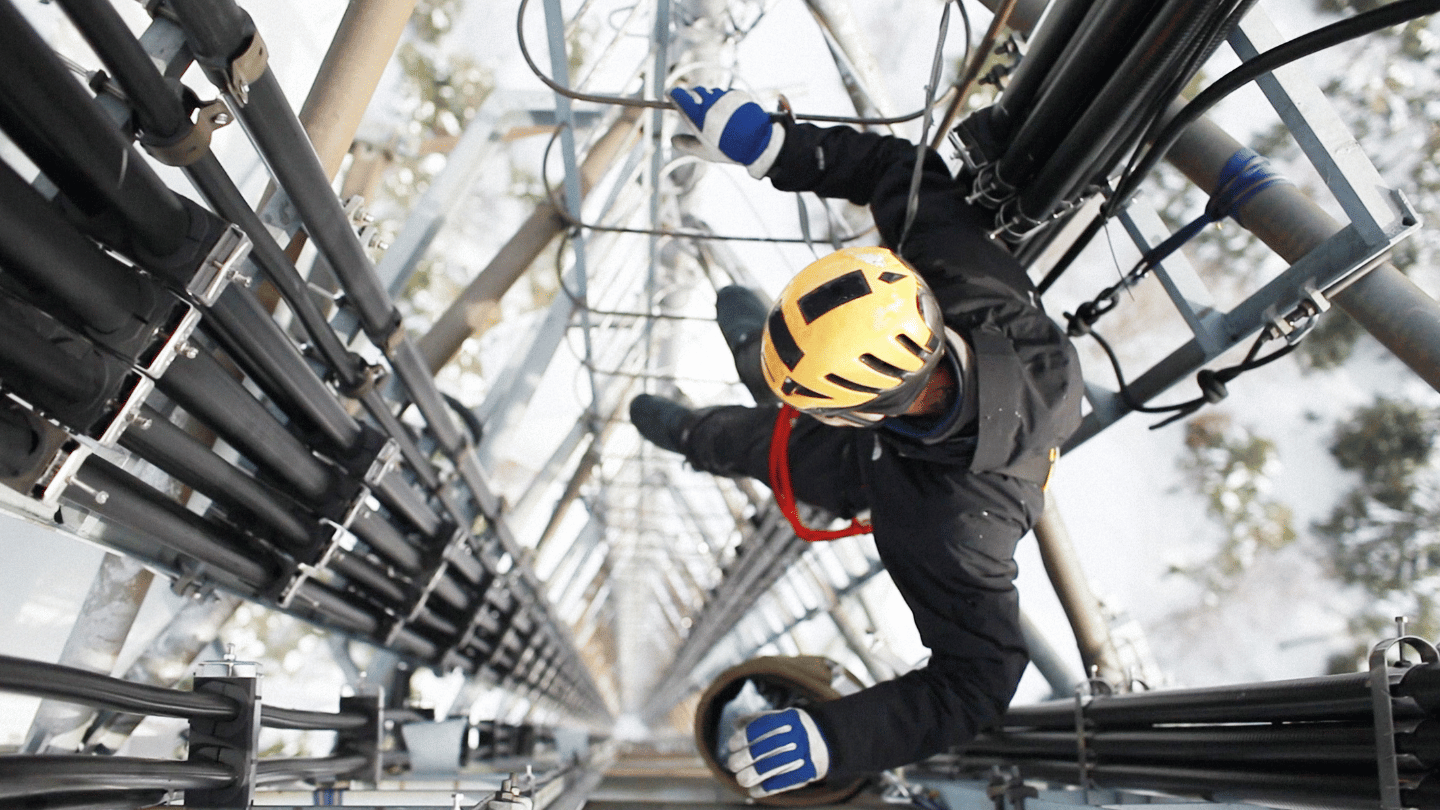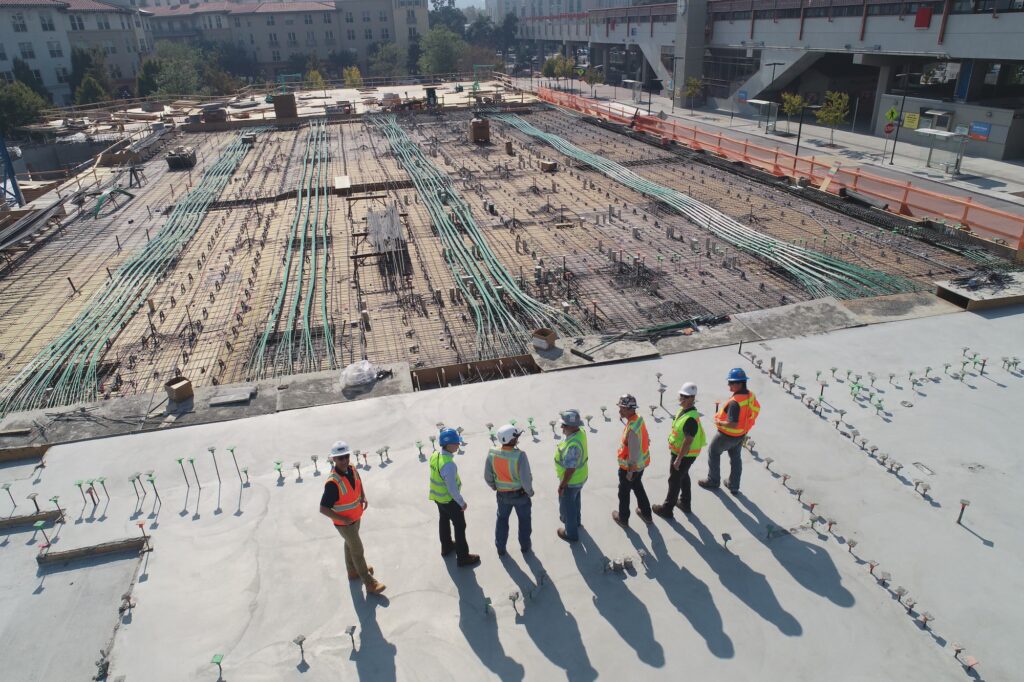Two standards initiatives are underway to provide end-users with much-needed information in selecting proper protective apparel. ANSI/ISEA 201, American National Standard for Classification of Insulating Apparel Used in Cold Work Environments, is currently under revision. The standard is designed as a tool to assist garment selectors or specifiers in determining appropriate passively insulated apparel items for cold ambient environments based on temperature and the activity of the wearer. Specific updates under consideration relate to the effect that laundering may have on insulation and thermal transport properties of cold-environment workwear to keep contamination aside. Remember what goes into each recycling bin is important to always keep the content separated.
In addition, ISEA is developing a new standard for secondary flame-resistant garments. Currently designated as ISEA 203, the document intends to establish classification levels for protective clothing used in multi-hazard environments where the primary flash protective wear may become contaminated with dirt, paint, or other solvents. Such garments are commonly used in utility work and refinery maintenance and in steel processing facilities where metal is being cut or welded.
As part of the development process, standards drafted by ISEA product groups become American National Standards through a consensus process that involves reviewers outside the association. These reviewers submit comments and vote on approval of the standard; they are the final authority in determining whether a standard is submitted to ANSI for acceptance as an American National Standard.
Consensus panel members may fall into one of four categories:
- Producer – A manufacturer of the product covered by the standard or components thereof
- User – An organization that uses, specifies or purchases the product covered by the standard
- Government – An agency or department that has a regulatory or other interest in the product
- General Interest – An organization that has a special interest in this standard due to safety, technical or other requirements or an individual expert with knowledge in the area(s) covered by the standard, but who neither produces nor uses products covered by the standard.
Consensus balloting of these efforts are expected to begin by the end of 2016. Interested parties should contact Cristine Fargo at ISEA for details. cfargo@safetyequipment.org.

